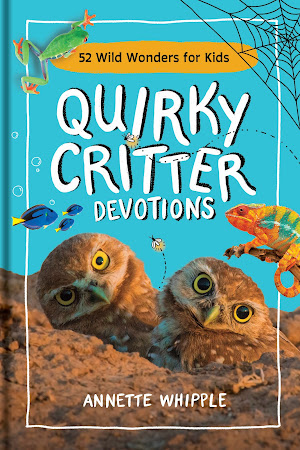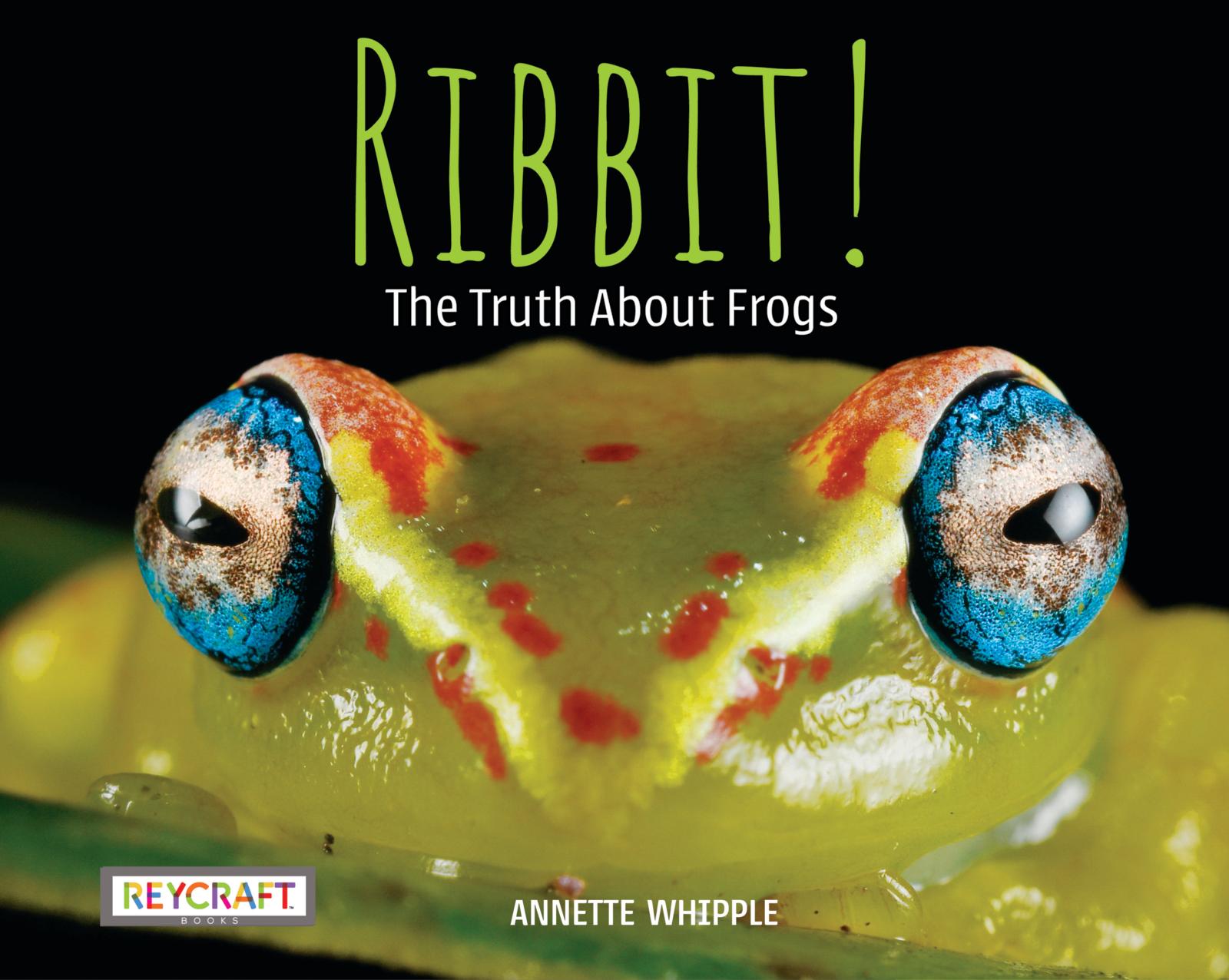 Everyday I open my laptop and Microsoft shows me some "eye candy" in the form of a beautiful photograph. I can learn more about it by clicking on the image. The image makes me curious. I want to know what it is.
Everyday I open my laptop and Microsoft shows me some "eye candy" in the form of a beautiful photograph. I can learn more about it by clicking on the image. The image makes me curious. I want to know what it is.Parents and educators can do the same. Provide a little "eye candy" or a good laugh. It might be in the form of a hike in the mountains or simply a close observation of a bird's nest. It could even be a marble and a piece of insulation tubing as part of an experiment. But it might simply be a photograph or a story.
Teachers, tying two subjects together can go a long way. You may want to explore Sarah Albee's books about history with focuses on bugs, poop, dogs, fashion, and poison. Whether you teach second grade or twelfth grade, your students will love learning from her.
Ask some leading and open-ended questions to make the child(ren) think more about it. Then challenge them to learn more and give them the tools to do so.
I recently sent out a few of my books to a school who invited me for an author visit. Along with the books, I included a letter to the students of the school. (It's hand-written even though I don't have nice handwriting.) In the letter I included a photo of a honey bee and flower.
I drew the children's attention to the photo and the big "blob" of orange on the honey bee's leg. It told the students it was a bit like a pocket, and it helps the honey bee carry something important. Then I encouraged the students to find out what it is and how it is used.
Some teachers might lead the exploration into the questions. Others might suggest the students learn in their free time.
Sometimes a little nudge goes a long way to spark curiosity.
P.S. Did you notice I didn't tell you what is on the honey bee's leg? Aren't YOU curious to find out? What's really cool is how the little pocket is formed! Leave me a comment if you learn what it is.


















This comment has been removed by a blog administrator.
ReplyDelete